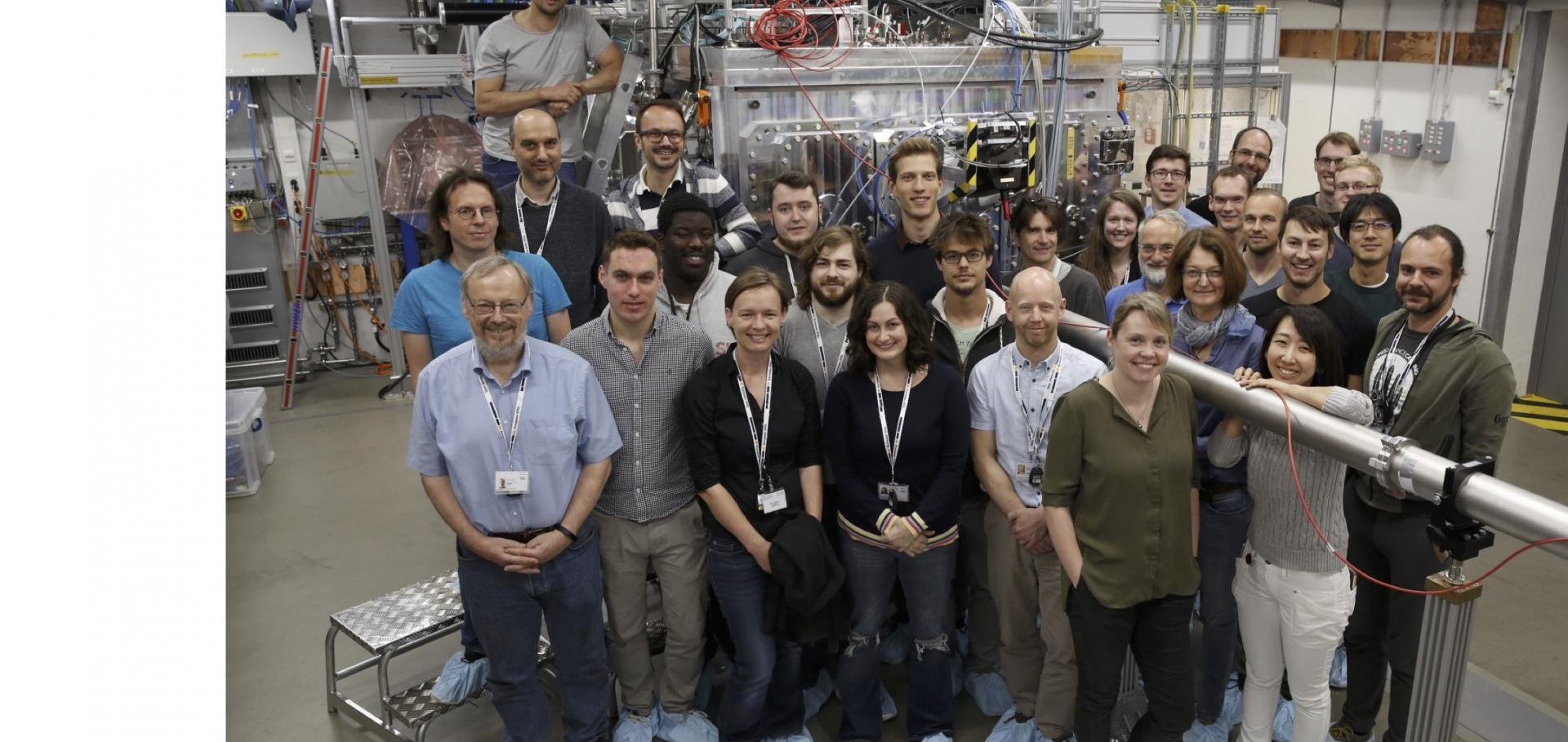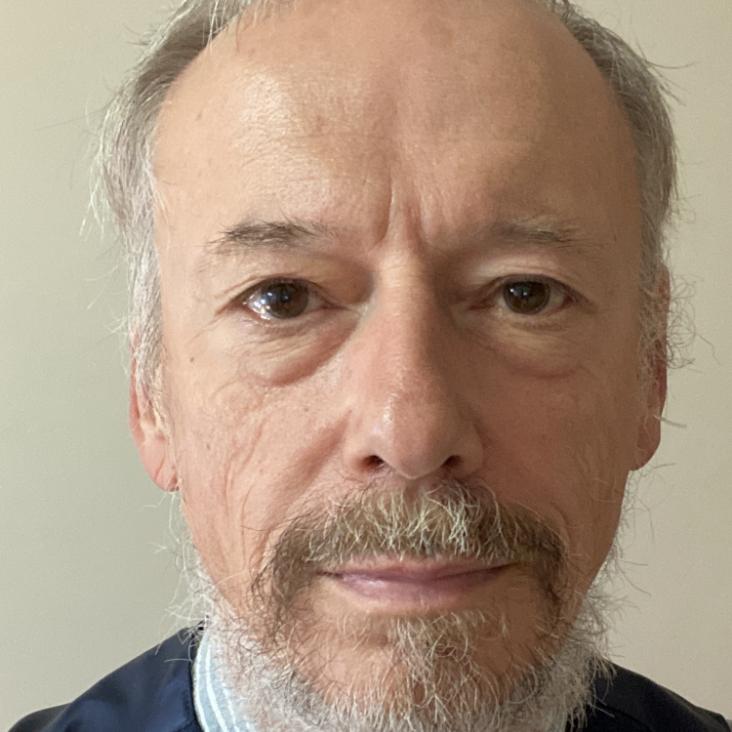Optical emission spectroscopy of various materials irradiated by soft x-ray free-electron laser
Proceedings of SPIE--the International Society for Optical Engineering SPIE, the international society for optics and photonics 7361 (2009) 73610p-73610p-10
XUV Opacity of Aluminum between the Cold-Solid to Warm-Plasma Transition
High Energy Density Physics Elsevier BV (2009)
Abstract:
We present calculations of the free-free XUV opacity of warm, solid-density aluminum at photon energies between the plasma frequency at 15 eV and the L-edge at 73 eV, using both density functional theory combined with molecular dynamics and a semi-analytical model in the RPA framework with the inclusion of local field corrections. As the temperature is increased from room temperature to 10 eV, with the ion and electron temperatures equal, we calculate an increase in the opacity in the range over which the degree of ionization is constant. The effect is less pronounced if only the electron temperature is allowed to increase. The physical significance of these increases is discussed in terms of intense XUV-laser matter interactions on both femtosecond and picosecond time-scales.Measurement of Short-Range Correlations in Shock-Compressed Plastic by Short-Pulse X-Ray Scattering
Physical Review Letters American Physical Society (APS) 102:16 (2009) 165004
XUV Opacity of Aluminum between the Cold-Solid to Warm-Plasma Transition
(2009)
Achieving microfocus of the 13.5-NM flash beam for exploring matter under extreme conditions
FEL 2009 - 31st International Free Electron Laser Conference (2009) 784-788


